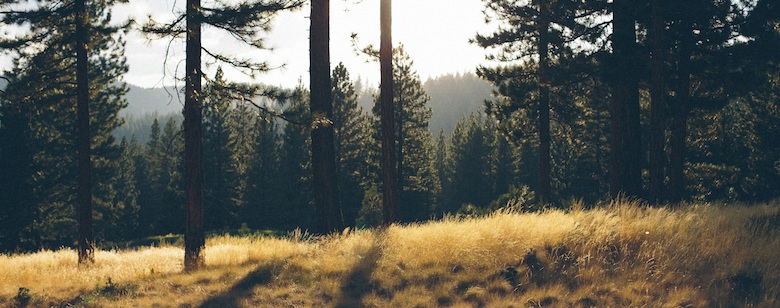
Where Timber Comes From
When you’re sitting on your deck, out in your pergola or just looking at your wall, there is little thought given to where that timber comes from. It is widely known that hardwood and merbau may come from a native forest, or even worse, an endangered tropical forest. But little thought is given to your house frame or pergola; often it is thought that all timber is the same and comes at the expense of the environment.
Australian Made Timber
At Timberlink we are proud to say that our pine comes from plantations across Australia and New Zealand.
Australia’s pine plantations grow enough timber to replace the amount timber required for an average single-story home in minutes.
The story starts at the nursery, where all of Timberlink’s plantation sawlogs come from. Millions of seedlings are planted in nursery’s around Australia each year before being carefully cultivated. After they have matured into viable seedlings they are taken out and planted in time for spring in the location where that years cut has taken place. In Tasmania, around 28% of plantation timber is radiata pine, the specific type of tree that is used to by Timberlink, and there are plantations all over the state.
The seedlings grow and grow and grow, using the decaying left over branches and leaves of the previous year’s cut trees as food and nutrients,
While they are growing they are sucking up carbon dioxide, a fully-grown pine tree can suck up almost a ton of CO2 each year.
After around 10 years the forest is revisited and thinned to allow the best trees space to grow to their maximum potential. Anywhere from one in five to one half of the trees are taken out in the thinning process. These trees are then pulped and used to make paper products. This process is repeated at around the 20-year mark before a final inspection is undertaken.
Somewhere between the 28 and 32-year mark pine trees are considered to be fully matured. By then they are 40-50m tall and over a metre in diameter. The exact time of harvest can depend on climate, soil, topography, disease or supply in that year which may have been affected by any of these factors as well as natural disasters such as fire. There are strict rules in place that show what can and what cannot be cut. These include limits on cutting within creeks, rivers and streams as well as natural habitats of native animals.
